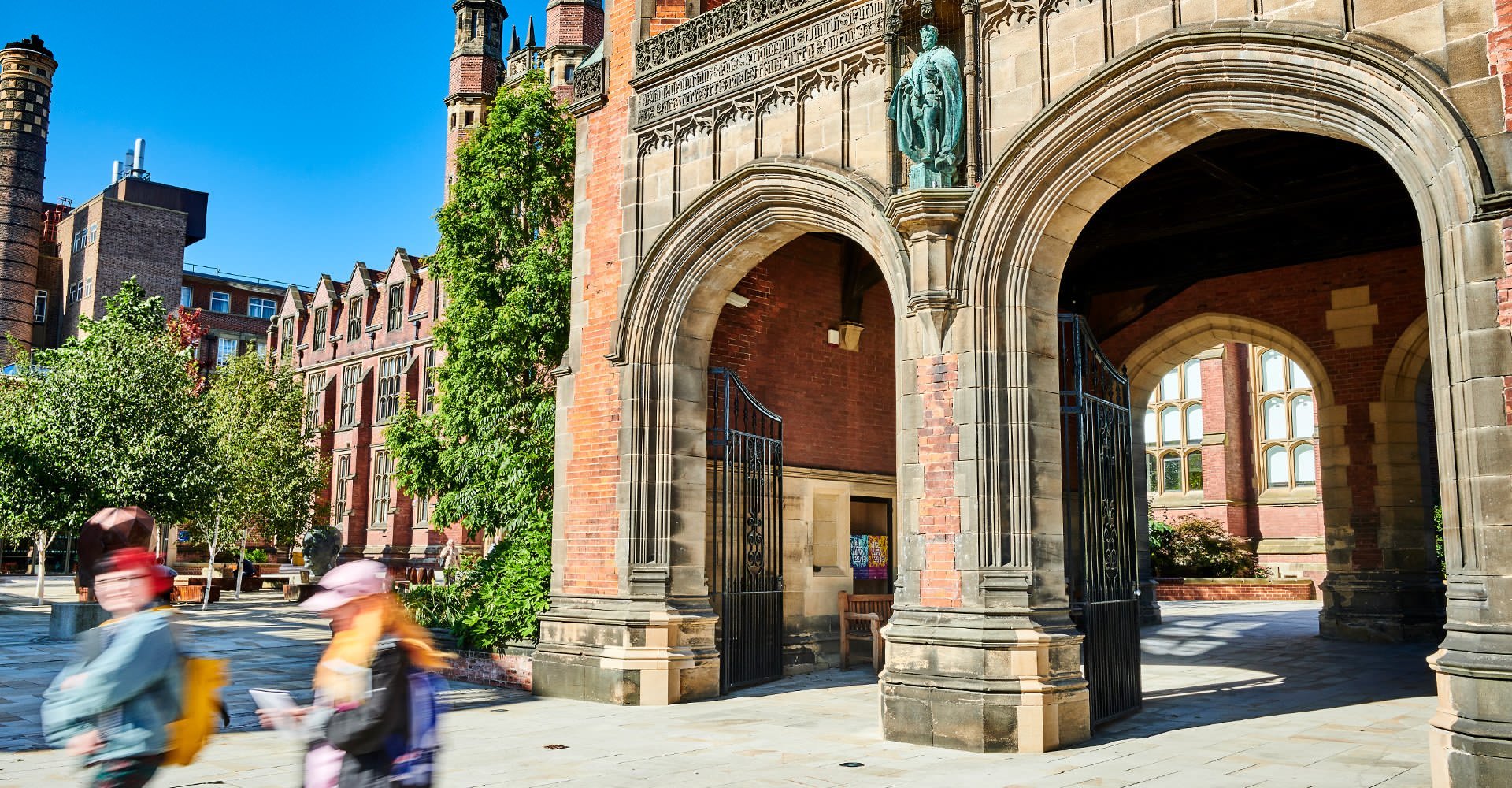ARA8391 : Archaeology under the microscope – an introduction to sediment micromorphology (Inactive)
- Inactive for Year: 2025/26
- Module Leader(s): Prof. Lisa-Marie Shillito
- Owning School: History, Classics and Archaeology
- Teaching Location: Newcastle City Campus
Semesters
Your programme is made up of credits, the total differs on programme to programme.
| Semester 2 Credit Value: | 20 |
| ECTS Credits: | 10.0 |
| European Credit Transfer System | |
Aims
The aim of the module is to introduce the theory of archaeological sediment micromorphology, how this technique is applied in archaeological contexts, and the practical skills for applying descriptive criteria, and using polarising microscopy ad related techniques
Outline Of Syllabus
Archaeological sediment micromorphology can be thought of as an excavation under the microscope. Deposits that are too complex to distinguish with the naked eye can be examined in detail to understand what activities and processes produced them. We can see layers of dust on a Neolithic floor, trapped beneath a millimeter thick layer of reeds where there was once a woven mat. We can tell the difference between a hearth that burned wood and one that burned animal dung, based on the appearance of fuel ash under the microscope. Was a medieval castle really destroyed by fire, or are the black layers seen in the field composed of something other than burnt debris? How did inhabitants of Ancient Greece and Rome construct floors, and what can microscopic traces tell us about how they lived?
Students have the opportunity to work on real archaeological materials from ongoing research projects around the world, including several World Heritage Sites as well as smaller scale projects. Material is available from early prehistory to the medieval period, so students can work on material that suits their interests. Examples of possible case studies that students may work on include Çatalhöyük, Turkey; Margat Castle, Syria; the Ness of Brodgar Neolithic settlement, Orkney etc. Students are also welcome to bring their own samples from other projects they may be involved in.
This module is taught as full day practical classes, followed by 2 weeks of scheduled independent lab work for the assessment. Each day follows the same format, based around different topics. Prior to the class, students are required to watch a short recorded lecture and/or read a paper. In class students then work through set practical exercises applying the criteria discussed in the lecture, under supervision. Following the practical exercises, there is a group summary and discussion.
Topics may include:
1. Introduction to sediment micromorphology and basics of polarising microscopy
2. Basic descriptive criteria: relationships between materials
3. Identifying materials: mineralogy and architectural materials
4. Identifying materials: plant remains
5. Identifying materials: organics
6. Natural and anthropogenic formation processes
7. Post depositional features
8. Supplementary geochemical techniques applied to micromorphology samples
Teaching Methods
Teaching Activities
| Category | Activity | Number | Length | Student Hours | Comment |
|---|---|---|---|---|---|
| Structured Guided Learning | Lecture materials | 5 | 2:00 | 10:00 | N/A |
| Guided Independent Study | Assessment preparation and completion | 27 | 1:00 | 27:00 | N/A |
| Scheduled Learning And Teaching Activities | Lecture | 6 | 0:30 | 3:00 | N/A |
| Guided Independent Study | Directed research and reading | 62 | 2:00 | 124:00 | N/A |
| Scheduled Learning And Teaching Activities | Practical | 5 | 4:00 | 20:00 | N/A |
| Scheduled Learning And Teaching Activities | Small group teaching | 6 | 1:00 | 6:00 | N/A |
| Scheduled Learning And Teaching Activities | Small group teaching | 2 | 5:00 | 10:00 | Skills Practice |
| Total | 200:00 |
Teaching Rationale And Relationship
This module is focused on acquiring practical skills in an advanced lab technique, thus the majority of class time is spent using the microscopes, learning and applying the methods, guided by the instructor. The use of a blended model means that class time is focused on skills acquisition with the instructor, with background theory delivered via recorded lecture prior to the practical class. The module is taught as full day sessions as the methodology requires extended periods of time in the microscope lab.
Assessment Methods
The format of resits will be determined by the Board of Examiners
Other Assessment
| Description | Semester | When Set | Percentage | Comment |
|---|---|---|---|---|
| Report | 2 | A | 100 | 3,000 word report to include images, diagrams and descriptive tables. |
Formative Assessments
Formative Assessment is an assessment which develops your skills in being assessed, allows for you to receive feedback, and prepares you for being assessed. However, it does not count to your final mark.
| Description | Semester | When Set | Comment |
|---|---|---|---|
| Oral Presentation | 2 | M | 15 minute presentation on practical report. |
Assessment Rationale And Relationship
• Practical report will assess understanding of the methodology, application of technical skills, data presentation and interpretation
• The formative presentation will provide a formal opportunity for students to present their work in progress and get feedback prior to submitting the final report. The text and images for the presentation should be excerpts from the report and do not incur additional word count.
Reading Lists
Timetable
- Timetable Website: www.ncl.ac.uk/timetable/
- ARA8391's Timetable
